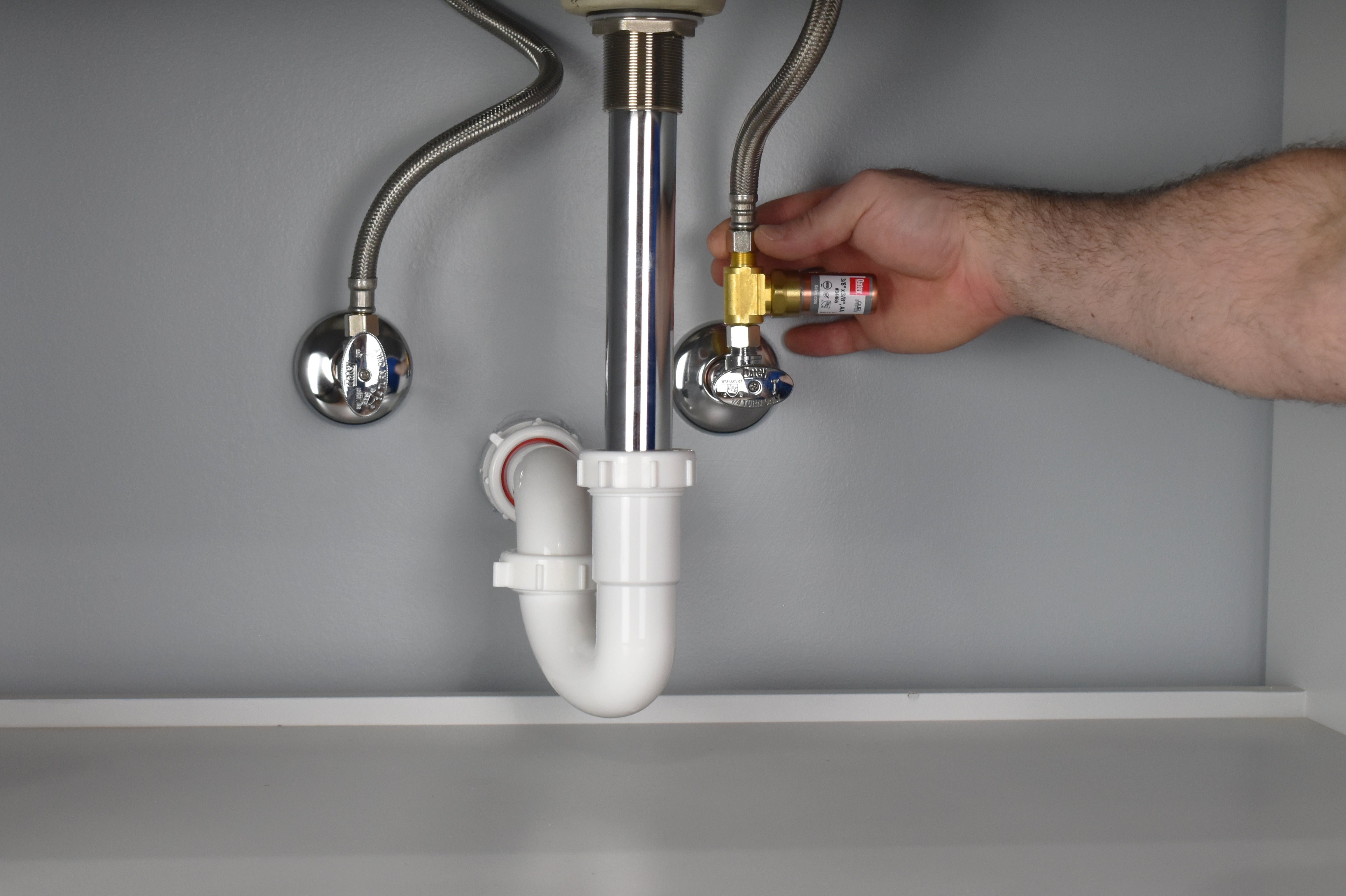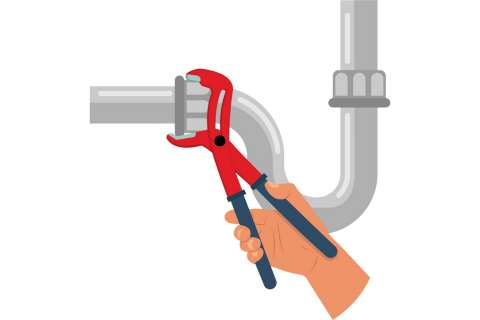Each person will have their own unique perception with regards to Understanding Water Hammer - Pipelines, Piping.

Intro
Have you ever switched off a tap and listened to a loud bang or knocking audio originating from your pipes? That unsettling noise, frequently called a sudden thud or clunk, is called water hammer. It's not simply an aggravating trait of older homes-- water hammer can take place anywhere, and if left uncontrolled, it can bring about even more substantial plumbing troubles. In this post, we'll debunk water hammer, explore its reasons, and review useful methods to repair and stop it. Consider it as your best guide to taming those rowdy pipelines finally.
Abrupt Shutoff Closure
Swiftly turning off a faucet or device can develop an abrupt water flow stop. Dishwashing machines and washing equipments, which have automated valves, are often wrongdoers in producing these unanticipated stops.
Improper Pipe Sizing
Pipelines that are also little for the quantity of water streaming via them can enhance the possibility of water hammer. Limited room implies higher rate, and greater rate means more powerful stress surges.
High Water Pressure
Extreme water pressure not just drainages and money but additionally enhances the results of water hammer. The even more force behind the circulation, the more difficult it strikes when compelled to stop.
Why is Water Hammer a Trouble?
You might ask yourself, "Is water hammer just a noise concern?" It's more than that. While the noise can be aggravating, the actual problem lies underneath the surface area.
The Scientific Research Behind Water Hammer
Water hammer is basically regarding kinetic energy. When water moves through pipes, it lugs momentum. If something disrupts that motion-- like a shutoff closing as well swiftly-- this momentum changes into a stress rise. Pipes, fittings, and valves experience this spike in pressure, usually causing that banging sound you dread.
Typical Sources Of Water Hammer
Understanding the origin of water hammer is the primary step to solving it.
What is Water Hammer?
Water hammer is a shockwave of pressure that occurs within your pipes when water circulation stops or transforms instructions abruptly. Visualize a group of runners running down a slim corridor, just to have a door slam shut at the end. The abrupt stop creates a domino effect, resulting in an accident of bodies. In your plumbing system, water acts like those runners, and when it's required to stop instantly, it produces pressure waves that travel with the pipes.
Noisy Pipeline and Home Disturbances
One of the most noticeable problem is the racket. Hearing clunks and bangs each time you do washing or run the dishwashing machine can disrupt the tranquility in your house. It could not feel like a big deal in the beginning, however over time, it can endure your nerves.
Possible Damage to Pipes System
Water hammer puts stress and anxiety on valves, joints, and installations. Repeated pressure rises can compromise links, cause leakages, or even result in pipeline bursts-- an expensive and bothersome situation no one wants to encounter.
Long-Term Damage
Gradually, consistent water hammer can result in even more constant fixings, early wear on parts, and a reduced life expectancy for your pipes system. Consider it as small stress accumulating into a larger concern.
Identifying Water Embed Your Home
Prior to you can repair a trouble, you need to validate it exists. So, just how do you recognize if you're dealing with water hammer?
Telltale Signs and Appears
Pay attention for knocking or pounding noises when turning off taps or running home appliances. If the audio appears to find from within the walls, there's a likelihood water hammer is to blame.
Conducting a Simple Inspection
Attempt turning taps on and off at different speeds. If you observe the noise just occurs with certain fixtures or at particular times, you have actually collected ideas concerning where and when water hammer is happening.
Temporary Fixes to Regulate Water Hammer
If water hammer is driving you up the wall, there are prompt actions you can take.
Readjusting Water Stress
If your home's water stress is set too expensive, take into consideration installing a stress regulatory authority or adjusting the existing one. Reducing the stress can minimize the intensity of those shockwaves.
Protecting Loose Pipes
Pipelines that aren't correctly safeguarded can intensify water hammer audios. Including pipe straps or cushioning products can aid support them and avoid them from rattling against surface areas.
Making Use Of Air Chambers or Arrestors
Air chambers are straightforward gadgets that trap a pocket of air in an upright pipe. This air acts as a padding, soaking up the pressure surge. If you do not have them, mounting water hammer arrestors can achieve a comparable result.
Long-Term Solutions and Upgrades
If you're seeking more permanent repairs, it may be time to consider some upgrades.
Installing Water Hammer Arrestors
These devices, developed especially to counter water hammer, can be placed near components or home appliances. They include a piston and chamber that take in pressure adjustments prior to they spread throughout your system.
Identifying Your Convenience Level
If you're handy, you could be able to deal with basic repairs like setting up arrestors or readjusting stress. But if you're unclear or if the issue persists, there's no shame in looking for specialist help.
When to Call a Plumbing
If your efforts at dealing with water hammer fail or if you presume hidden issues within your walls, a certified plumbing technician can identify the problem precisely and suggest enduring options.
Stopping Water Hammer from the Start
The very best means to take care of water hammer is to avoid it before it starts.
Adding Development Containers
An expansion tank connected to your hot water heater can assist reduce stress changes brought on by thermal expansion. By giving water a place to go when heated up, you lower stress and anxiety on pipelines.
Updating Pipeline Products
If you're planning renovations or handling an older home, updating to even more flexible piping materials, like PEX, can help reduce the threat of water hammer. These materials can absorb shock better than stiff pipelines.
Stabilizing Expenses with Benefits
Bear in mind, the option-- pipeline damages, leakages, and continuous aggravation-- can be even more expensive in the long run. Think of these repairs as an investment in assurance and home worth.
Costs and Considerations
Investing in avoiding or repairing water hammer can conserve you money in the long run.
Estimating Expenditures
The expense varies depending on the extent of the issue and the chosen option. Easy fixes like adding arrestors or pipeline sustains may be fairly low-cost, while extra comprehensive upgrades can cost more.
Do it yourself vs. Specialist Support
Some property owners like an excellent do it yourself obstacle, while others prefer to leave plumbing issues to the pros.
Creating an Appropriate Pipes Format
If you're constructing a new home or undergoing major remodellings, get in touch with a plumbing about designing a layout that reduces abrupt water flow changes and consists of appropriate shock-absorbing components.
Normal Upkeep Checks
Just like your automobile needs regular solution, so does your plumbing system. Routine look for leakages, stress modifications, and weird sounds can catch concerns early and protect against water hammer from holding.
Conclusion
Water hammer isn't just an annoying sound; it's a signal that your pipes system needs interest. By recognizing what triggers it, taking immediate action, and buying lasting options, you can ensure your pipes remain tranquil and silent. Whether you pick a simple DIY approach or hire a professional, addressing water hammer is a step towards an extra relaxed and trusted home.
Water Hammer: Dangers and Tips to Prevent It From Happening
Recently, one personal care plant reached out to CSI for help after a recorded safety incident caused by water hammer. After a swing check valve was forced shut rapidly by product moving through the pipeline, the piping was jarred from its supports, and a piece even fell from overhead to the ground.
This falling pipe resulted in costly downtime and safety violations, not to mention the cost to engineer, reconfigure, and repair all of this headache caused by an easily preventable problem.
This issue is also not exclusive to processing industries. All of us have heard the occasional pounding of the pipes in our homes when we turn off the faucet too abruptly. Well, this phenomenon is called water hammer, and it can occur in the piping systems of process industries as well.
In these situations, though, the consequences of this condition can be significant due to the volume and pressure of the fluids being moved through the pipes. We ll discuss water hammer problems and solutions in more detail in the following paragraphs, and provide some tips on how it can be avoided.
Impacts of Water Hammer
First of all, consider that fluids are not compressible. When in motion, and under some velocity, fluids can generate a considerable amount of force when their motion is suddenly arrested. For example, take the case of 100 gallons of water flowing in a 2 pipe at a velocity of 10 feet per second. When this flow is rapidly brought to a halt by a fast-closing valve, the force generated is equivalent to that of an 835-pound hammer slamming into a barrier.
Looking at it another way, if a fluid flow is stopped in less than one-half of a second (which might be the standard closing speed of a typical valve), then a pressure spike can be generated that is over 100 psi greater than the standard operating pressure in the piping system.
Proper System Design
Before fabrication even begins on your system, it's essential to work with a trusted partner that understands sanitary processing and can design a system to meet the specific needs of your process. This partner should understand the complexities of hygienic processing and the dangers of water hammer in order to develop a design that eliminates these risks.
For existing systems, it's crucial to consider the operating characteristics of your pipeline system. This can be done in a number of ways. The fluid velocity in the pipes, for example, may be lowered. Pipe sizing charts for some applications recommend no greater than 4.9 feet/second of process fluid flow. However, this can be a conflict when designing pipelines that need to be clean-in-place (CIP) cleaned, since CIP uses turbulent flow with velocities greater than 5 feet/second.
Proper System Programming
Changes in pressure, which can lead to water hammer, occurs every time a fluid is accelerated or slowed by pump condition changes or valve position changes. Usually, this pressure is so small, and the change is so gradual, water hammer is practically undetectable. However, in processing facilities that move product quickly down long piping runs, the pressure created from turning a pump on or off can cause significant water hammer.
You can eliminate these extreme pressure changes through proper system programming, such as programming pumps to ramp up or down gradually. This process can stretch the pressure change out over multiple seconds, or even longer than a minute. Central States Industrial Equipment (CSI) can evaluate your process system to help minimize or eliminate the potential for water hammer through proper system design or programming.
Proper System Training
Properly-trained processing plant personnel go a long way towards mitigating or eliminating water hammer. Adequate training teaches operators the importance of correctly opening and closing manual or actuated valves minimizing the effects of water hammer.
Instituting good pipeline control practices, such as startup and shutdown procedures, also ensures your system operates correctly, efficiently, and safely. CSI provides startup support to ensure operators, managers, and safety personnel feel comfortable and confident in their abilities to operate and maintain their system safely.

I am very drawn to What Is Water Hammer & How Do You Stop It? and I'm hoping you liked our article. Sharing is good. Helping people is fun. We value your readership.
Estimate